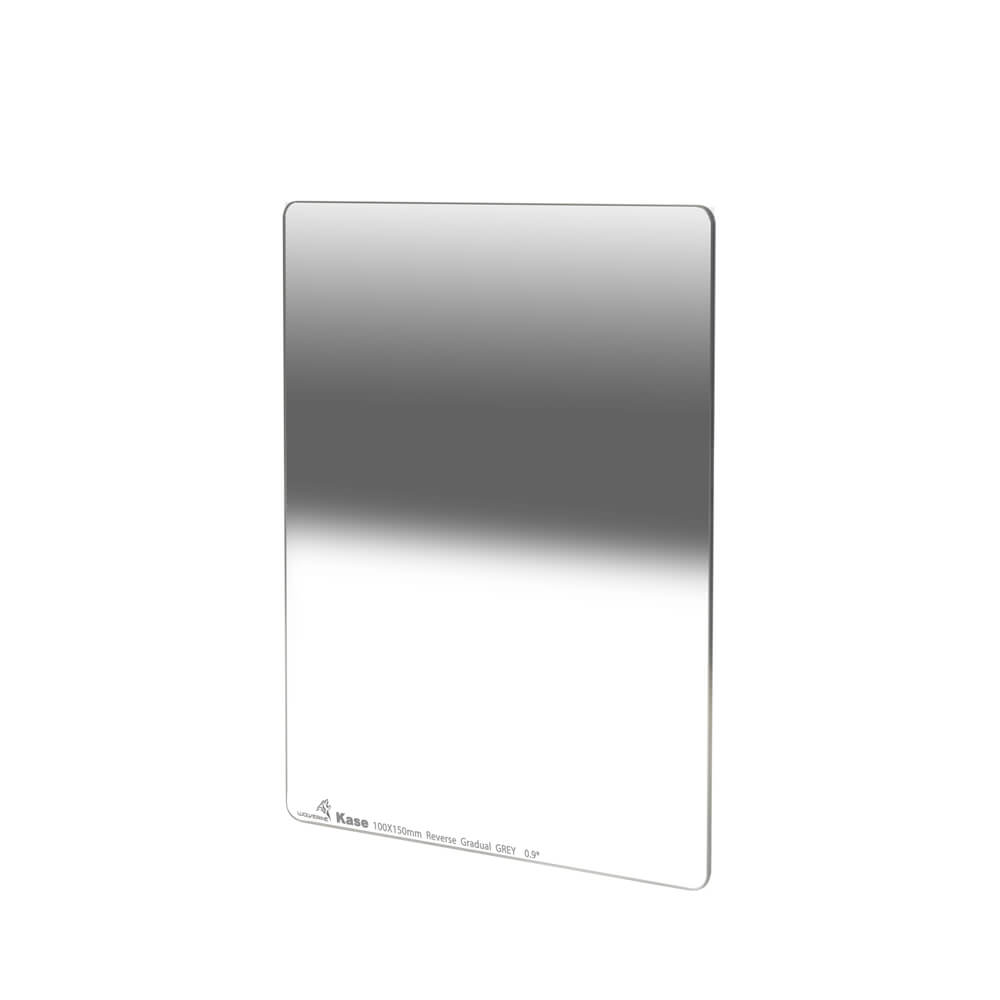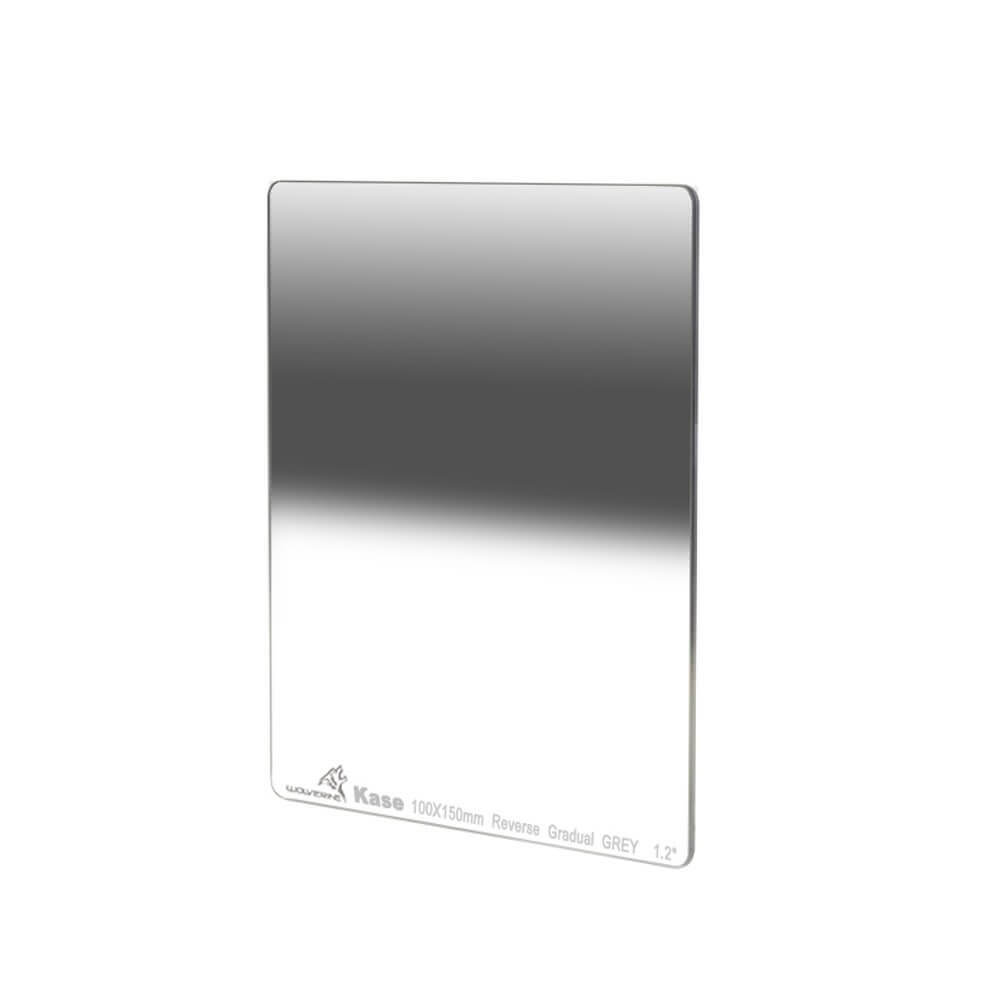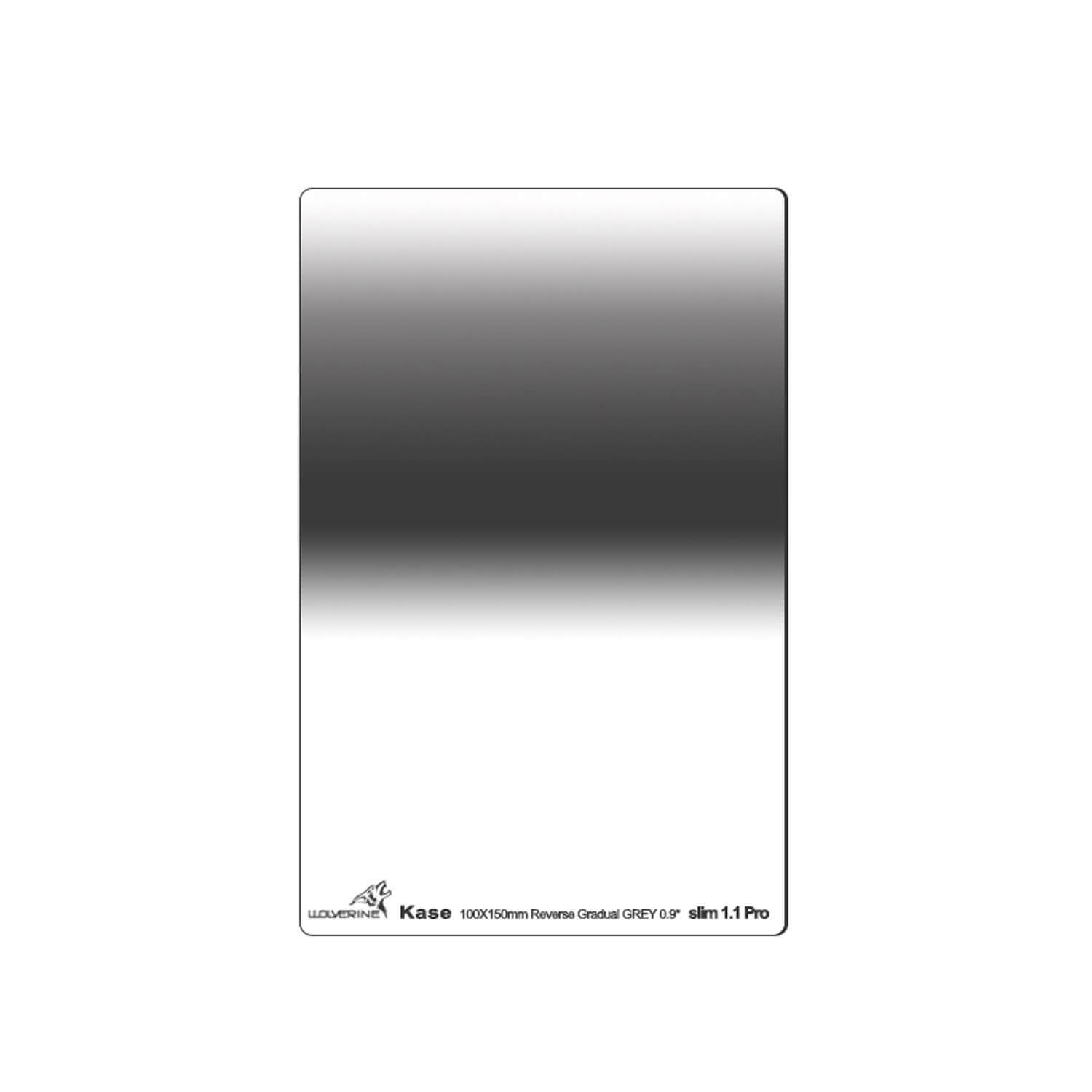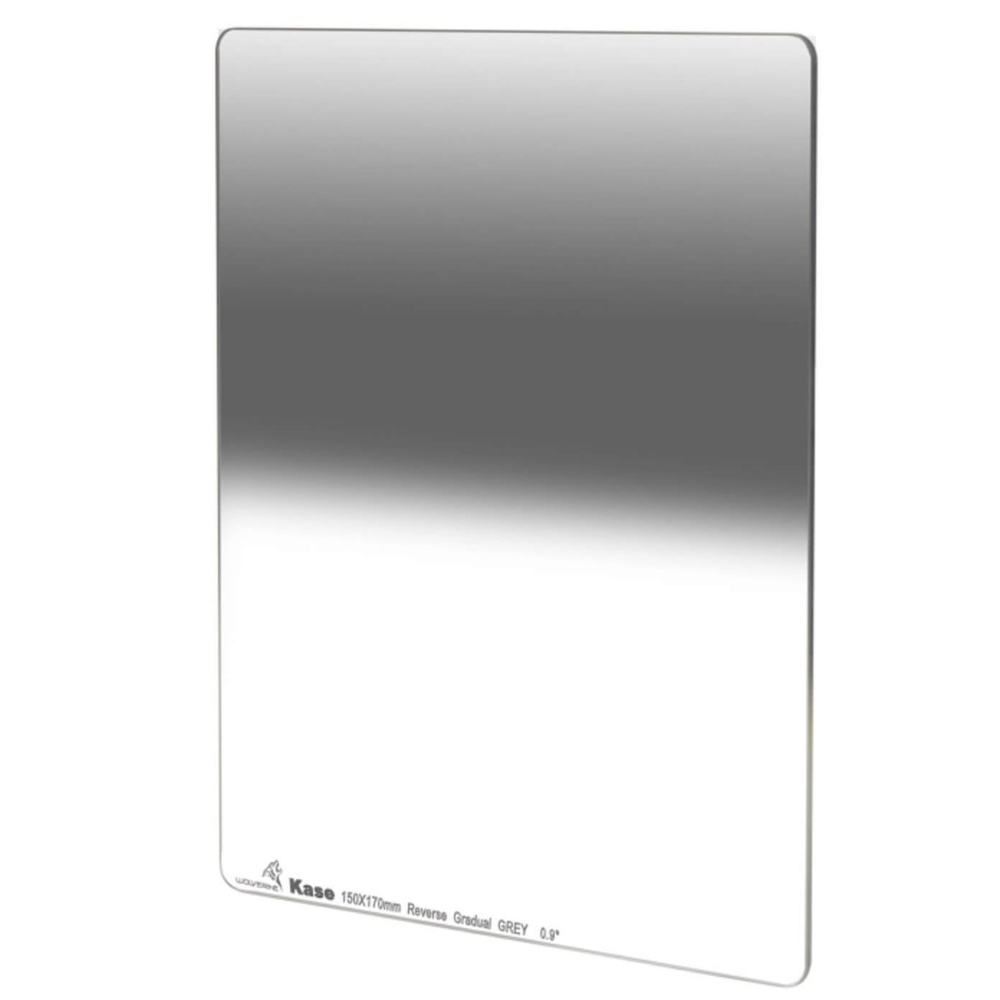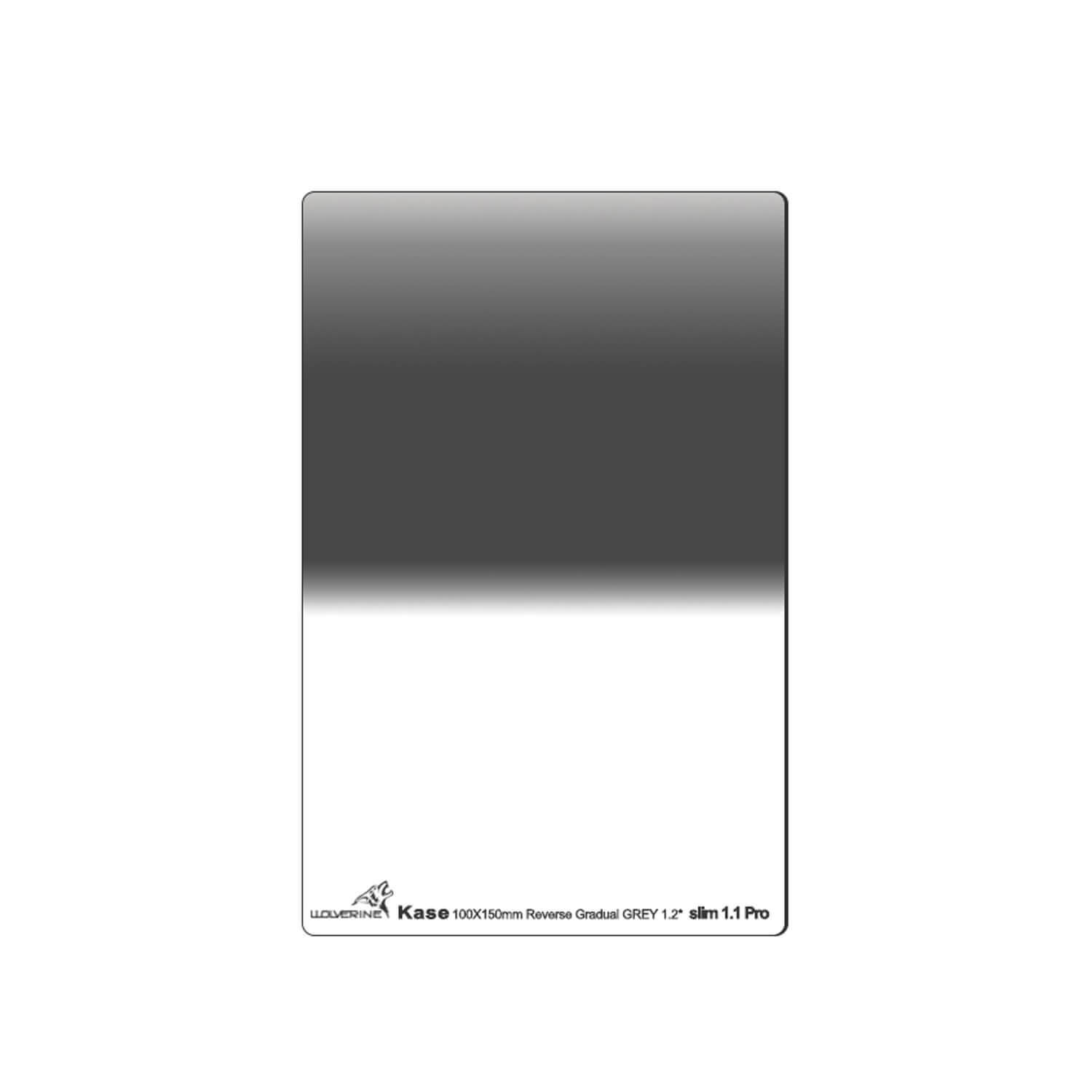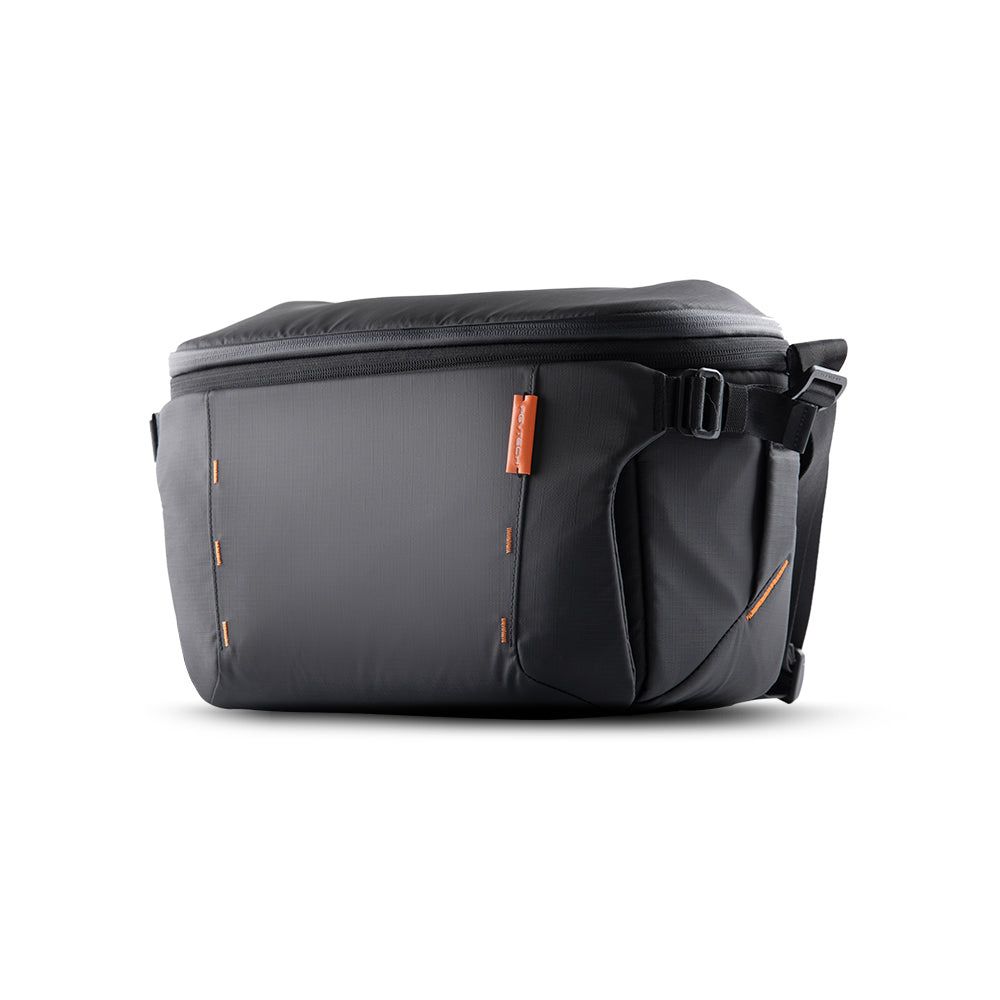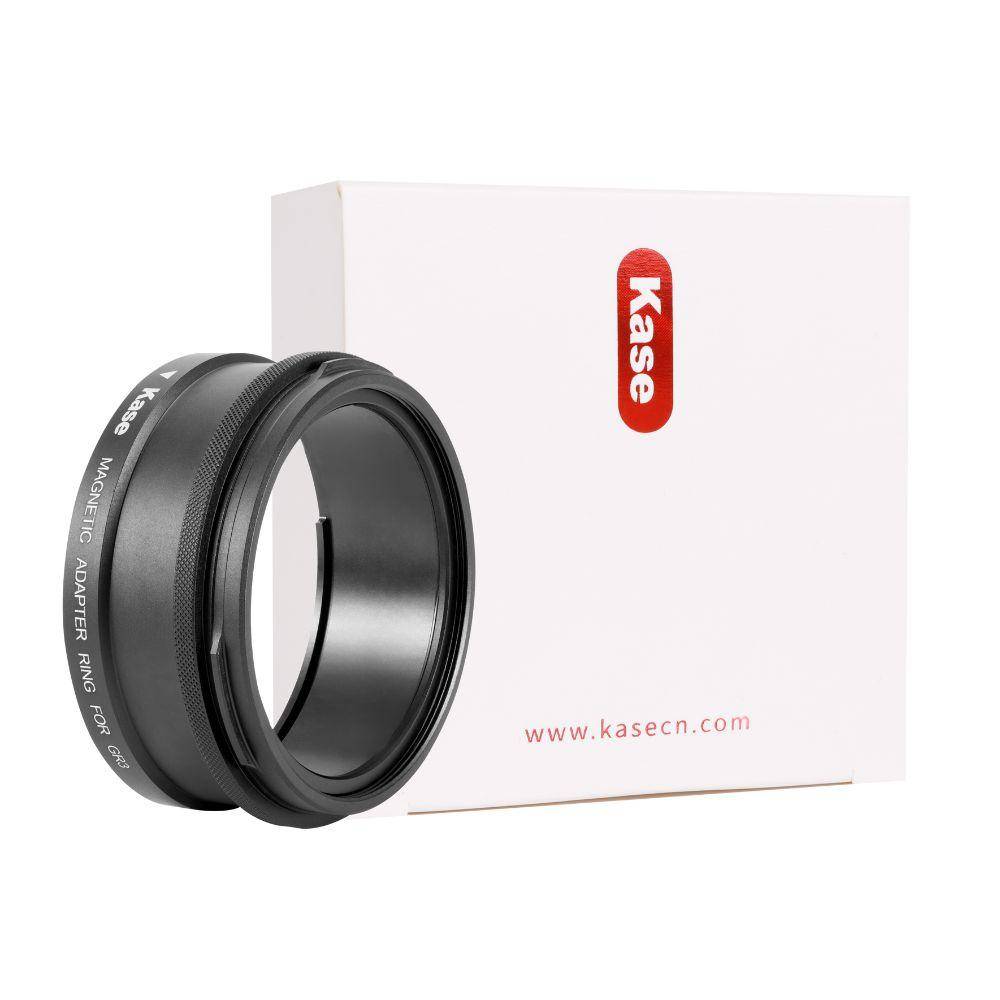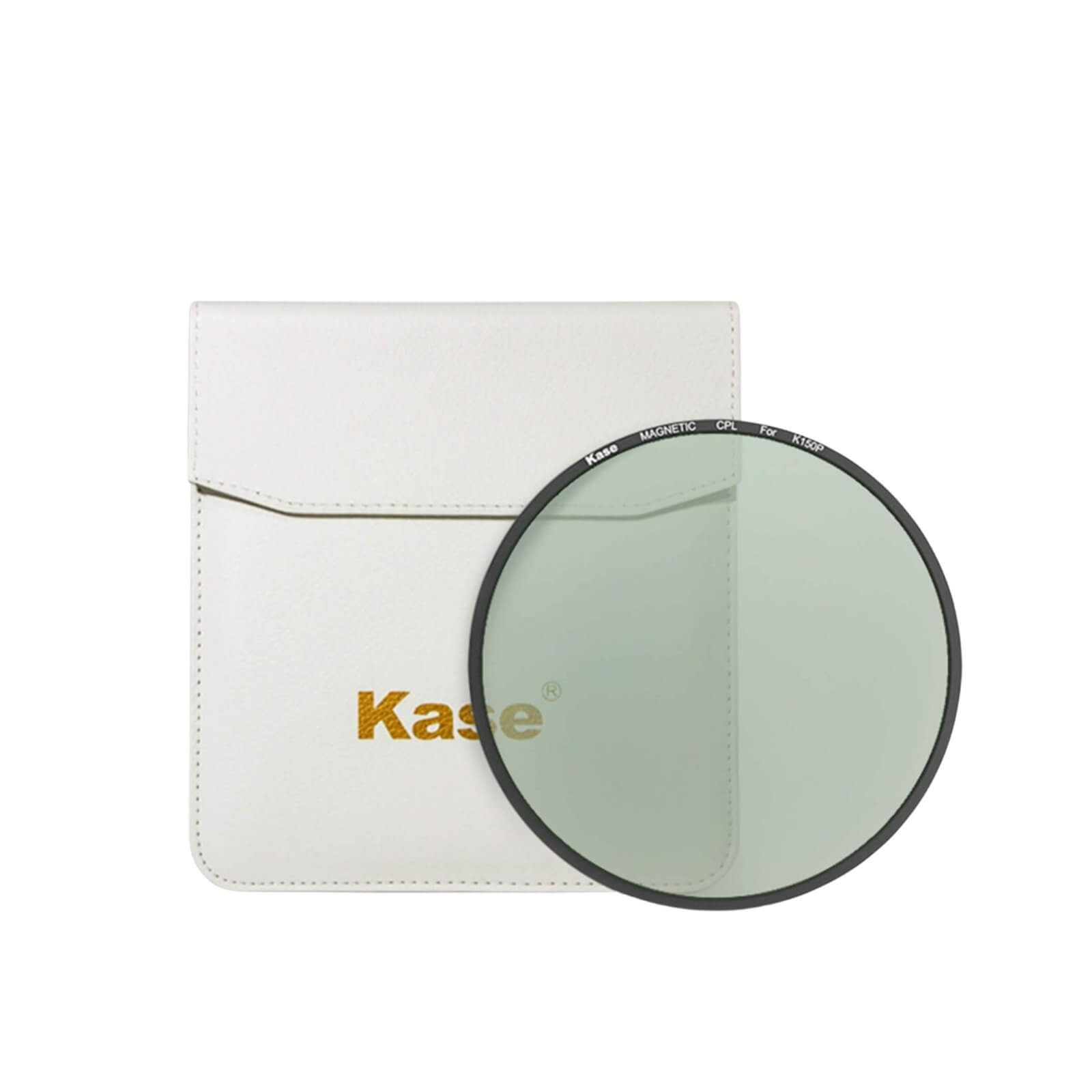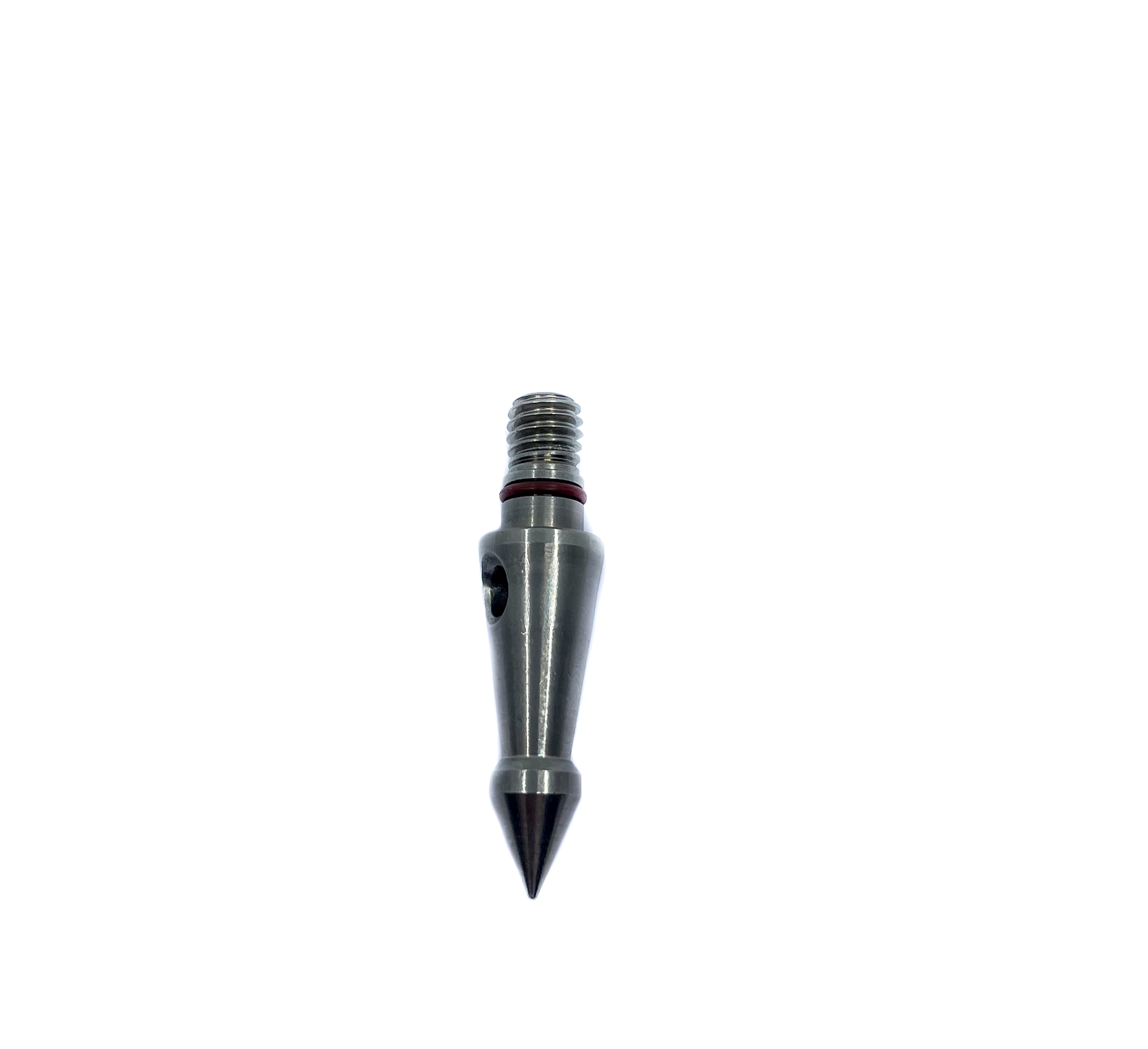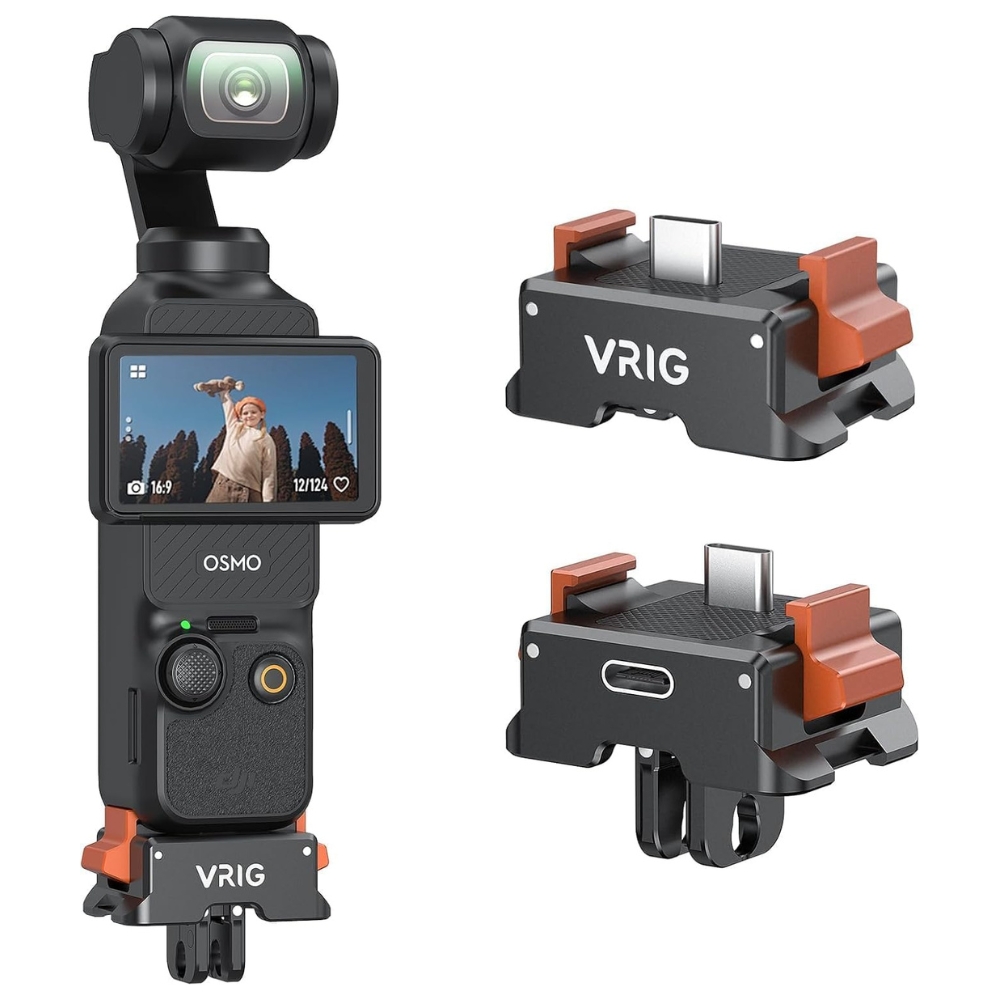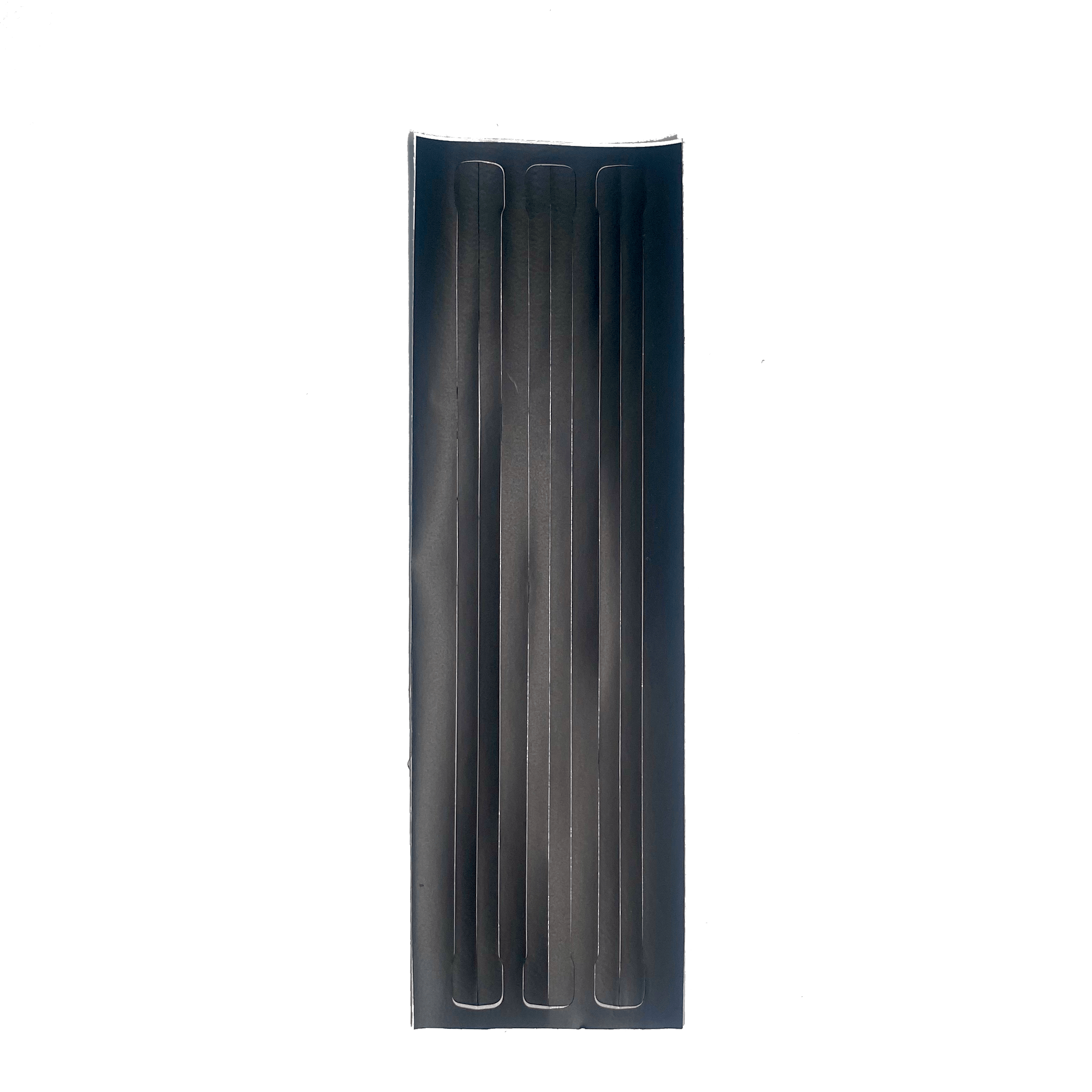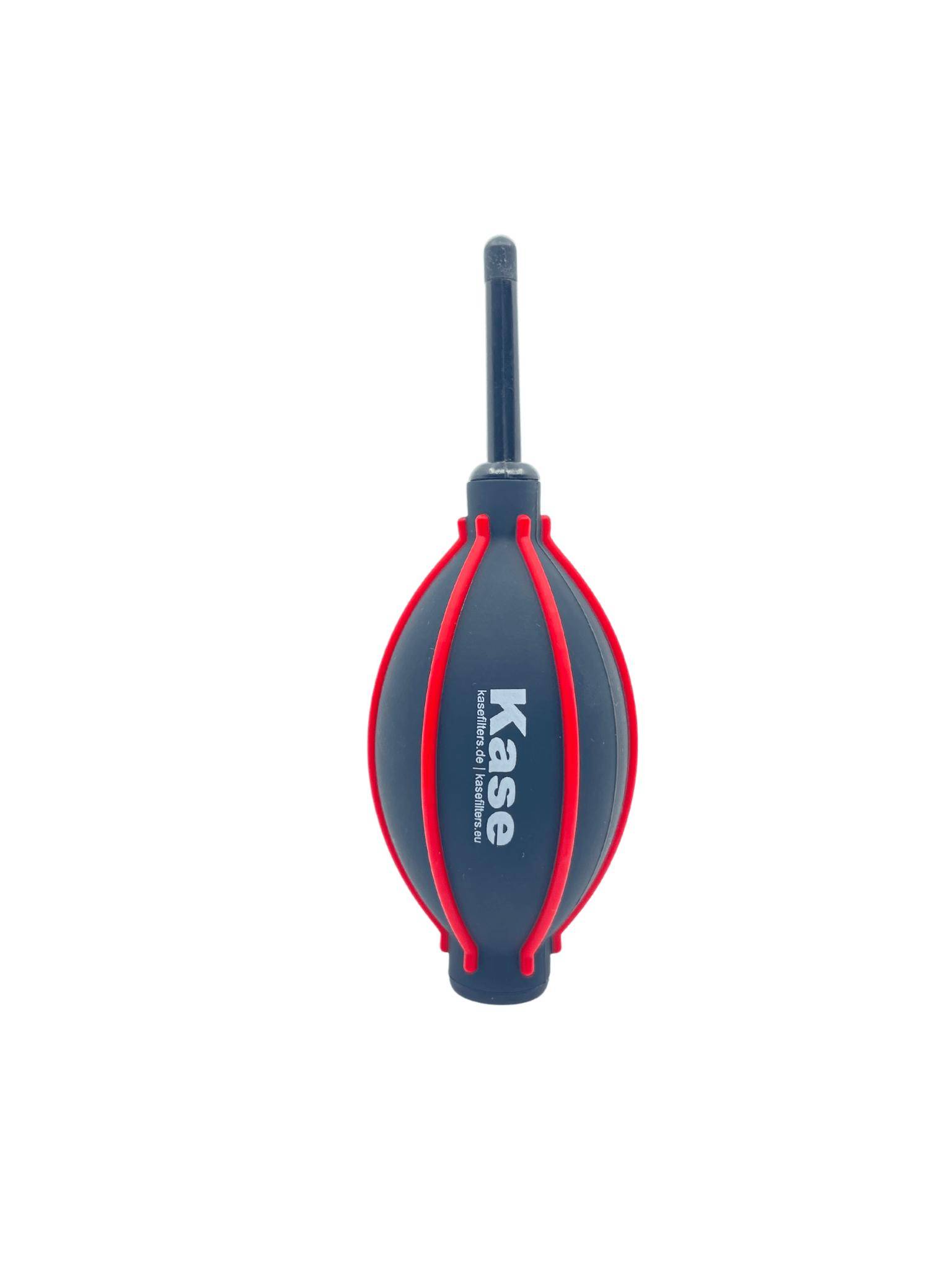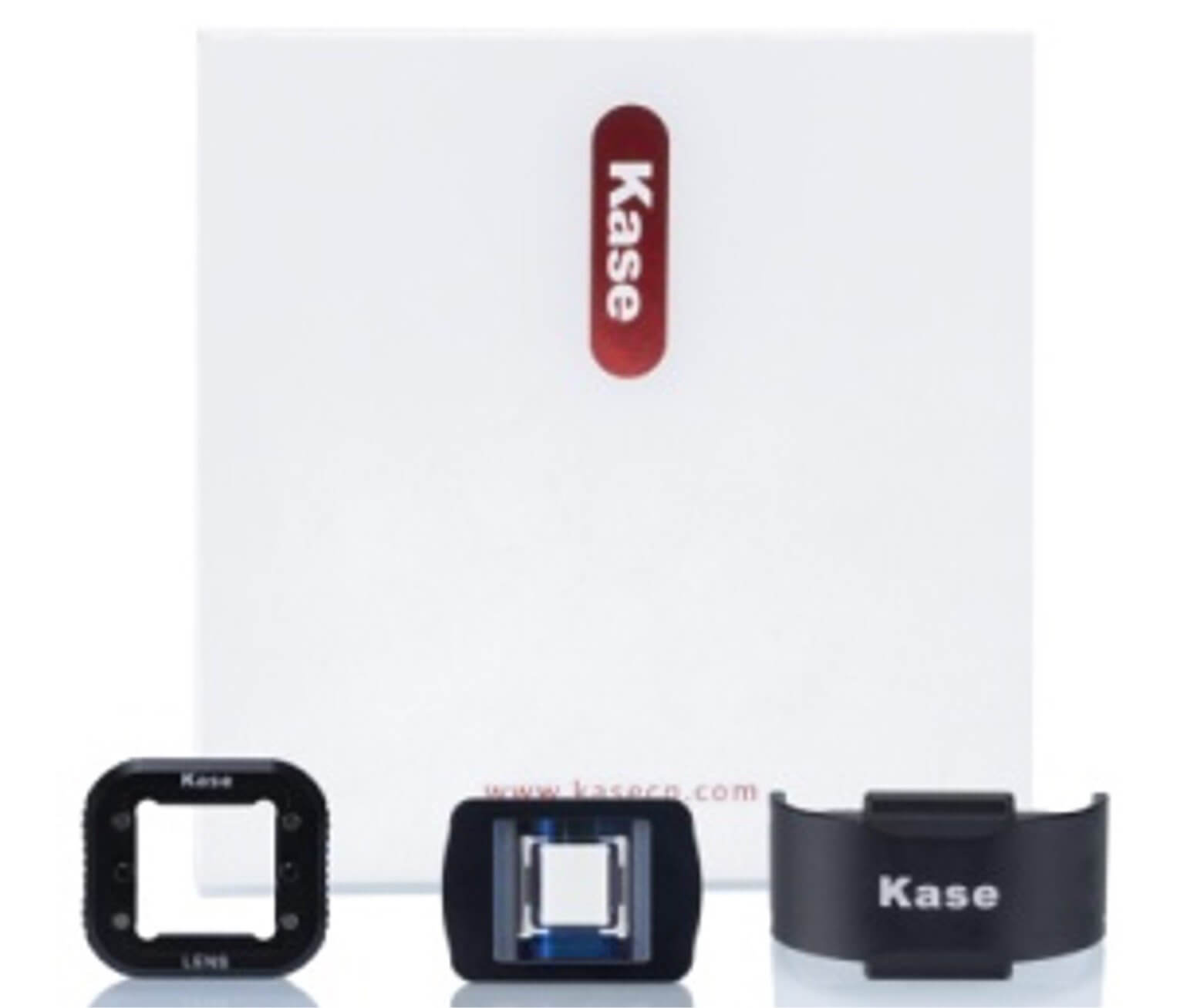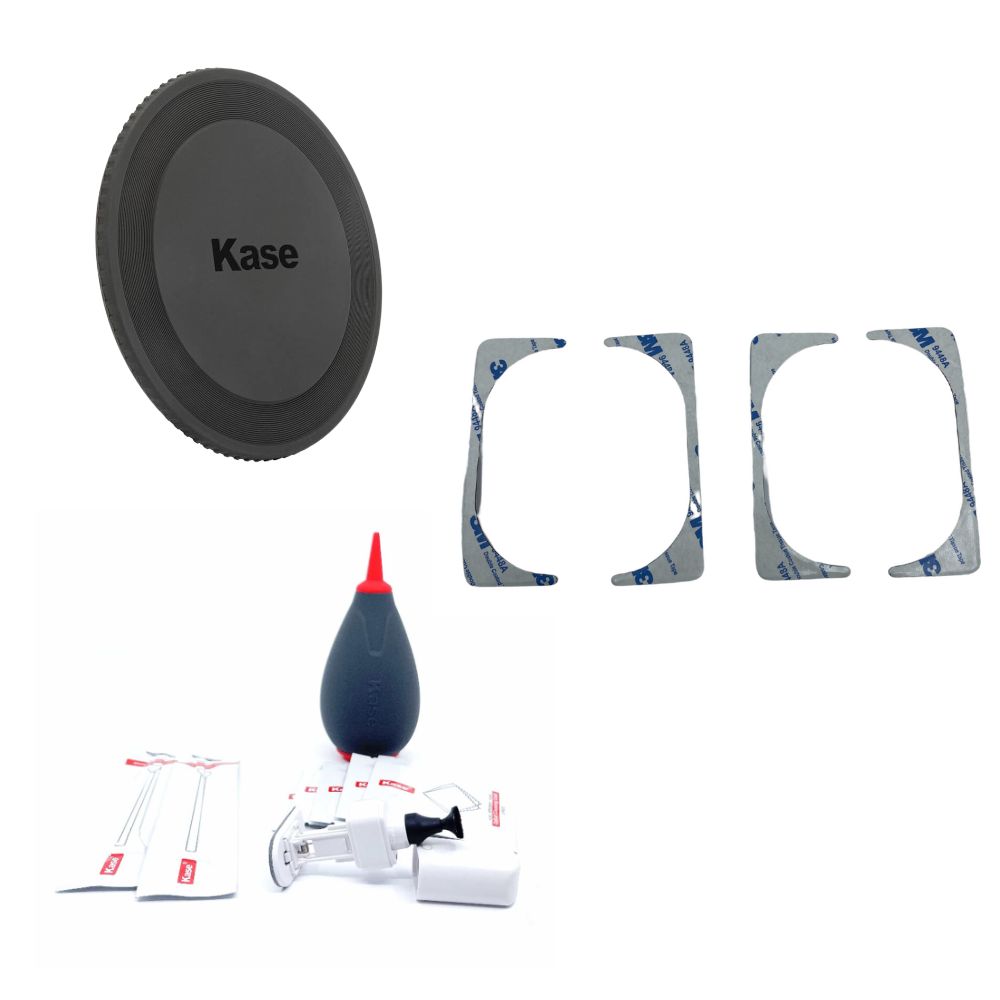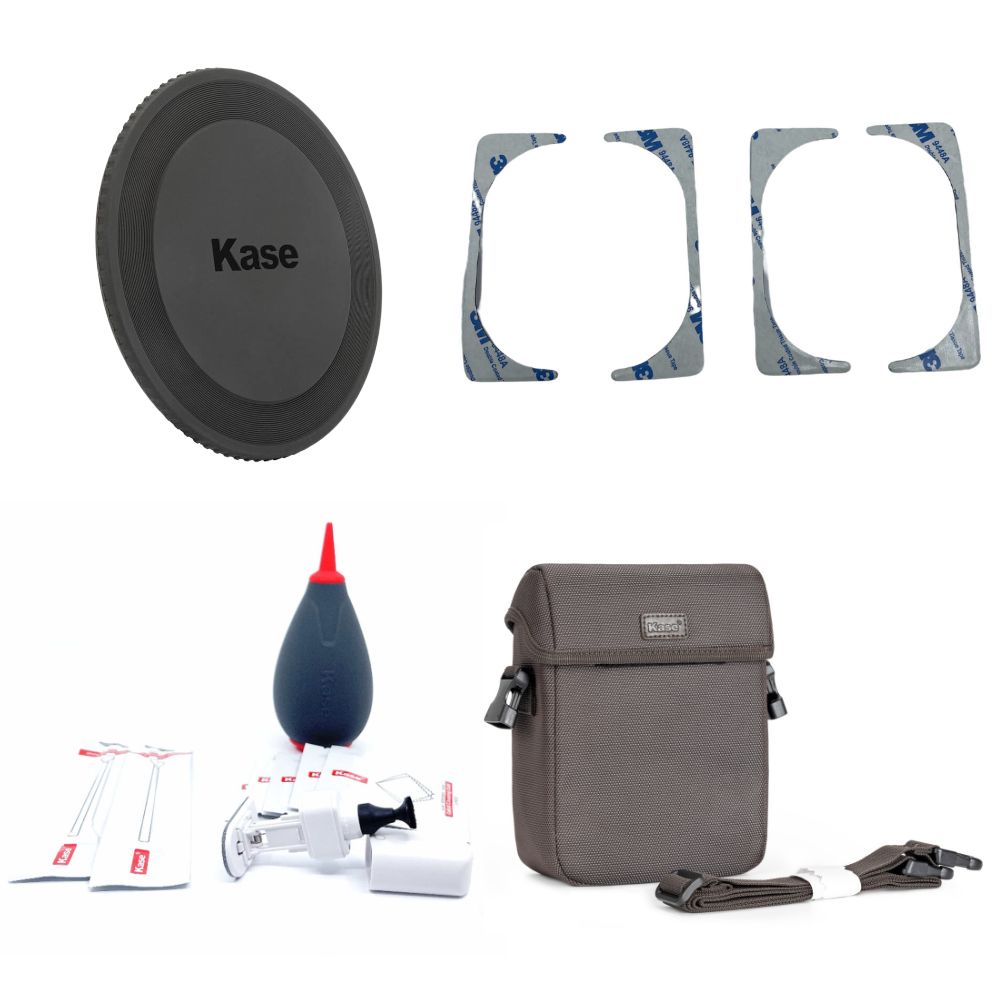Kase reverse graduated neutral density (GND) filters
Reverse graduated ND filters from Kase are specifically designed to overcome challenges when shooting sunsets and sunrises. With the darkest part in the middle gradually becoming lighter to the top edge, a reverse GND filter covers the strong light on the horizon line. Capture shots with balanced light easily!
-
Filter Holder
-
Filter Sets
-
Filter
-
Tripods
-
 Lenses
Lenses
-
Adapter Rings
-
Smartphone
-
 Charger
Charger
-
Accessories
-
Sale
-
Nice To Know
Filter products
In Stock
In Stock
Not In Stock
In Stock
Not In Stock
In Stock
Features of the reverse graduated ND filters from Kase
Kase reverse graduated neutral density filters come in a variety of sizes and stops. Filters are also available in two options: circular with magnetic mount and square reverse GND filters. No matter which filter you choose, you can always be sure of its quality!
- Excellent colour neutrality
- Oil- and water-resistant
- Shock-resistant optical glass
- Easy to clean
What is a reverse graduated neutral density filter?
A reverse graduated ND filter (also known as reverse GND filter) is a type of gradient filter that has the darkest part in the middle gradually becoming lighter towards the top part. This filter is specifically designed to shoot in situations with difficult lighting conditions where the brightest area is located right above the horizon. Therefore, this GND filter is considered the best for sunsets and sunrises.
How does the reverse graduated ND filter work?
The reverse GND filter is put in the way that the darkest middle part is located exactly at the horizon with the bright light source. Thanks to the dark-to-light transition it will reduce the light coming from the sun at the horizon, while not darkening the sky completely. As a result, you will get a balanced exposure of the image with maintained detail and colours.
When to use a reverse graduated neutral density filter?
Reverse GND filters are best suited for sunrise and sunset scenes where the sun is just above the horizon and the sky near the sun appears significantly brighter than the rest of the scene. The darkest part of the filter will cover this bright area and control intense light, allowing you to maintain details and colours while properly exposing the image. Using a reverse graduated ND filter is good when the horizon line is relatively flat so that any objects on the line like mountains or buildings do not get underexposed.
What is the difference between GND and reverse GND filter?
The main difference between GND and reverse GND filters is how the gradient is done. The GND filter has a gradient that starts from dark and gradually becomes lighter till the middle of the glass. With the reverse GND filter, the gradient is the opposite with the darkest part in the middle and the lightest on the top.
GND filters are commonly used in landscapes where the sky is brighter than the foreground, while reverse graduated neutral density filters are used to overcome extreme variations in brightness when the sun is close to the horizon.
People who viewed reverse GND filters also viewed
Preorder possible
In Stock
In Stock
In Stock
In Stock
Preorder possible
In Stock
In Stock
In Stock
In Stock

